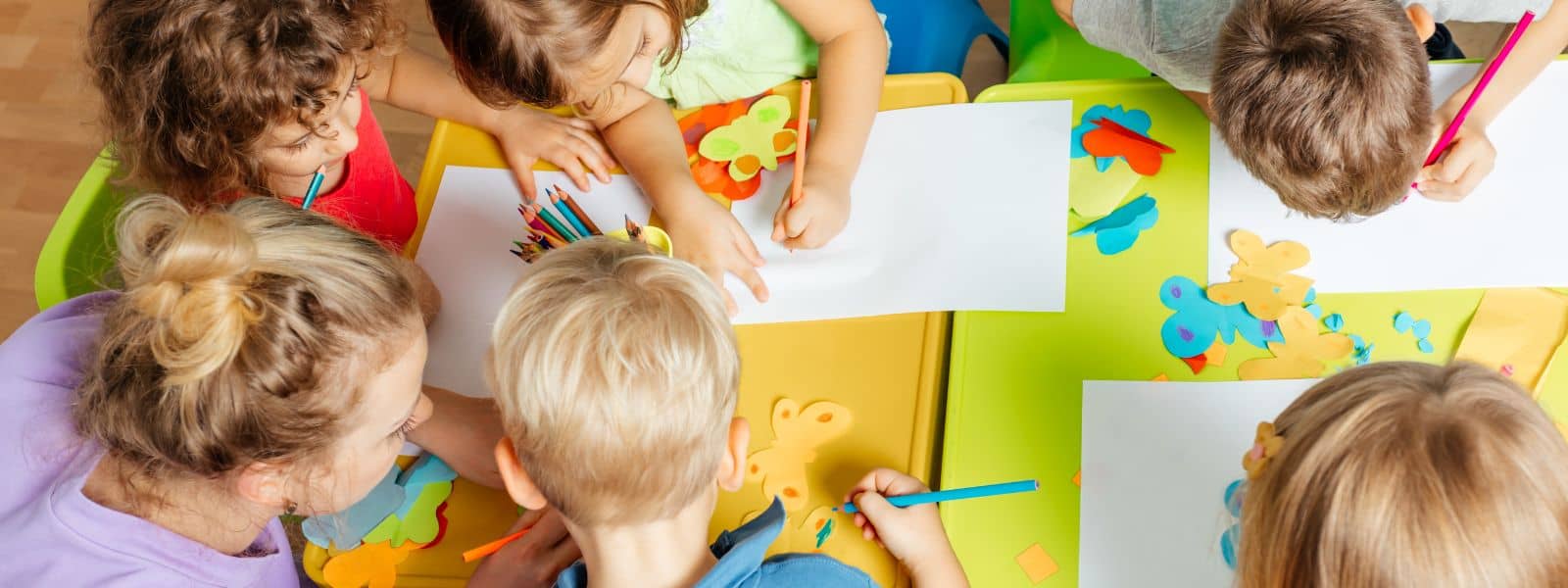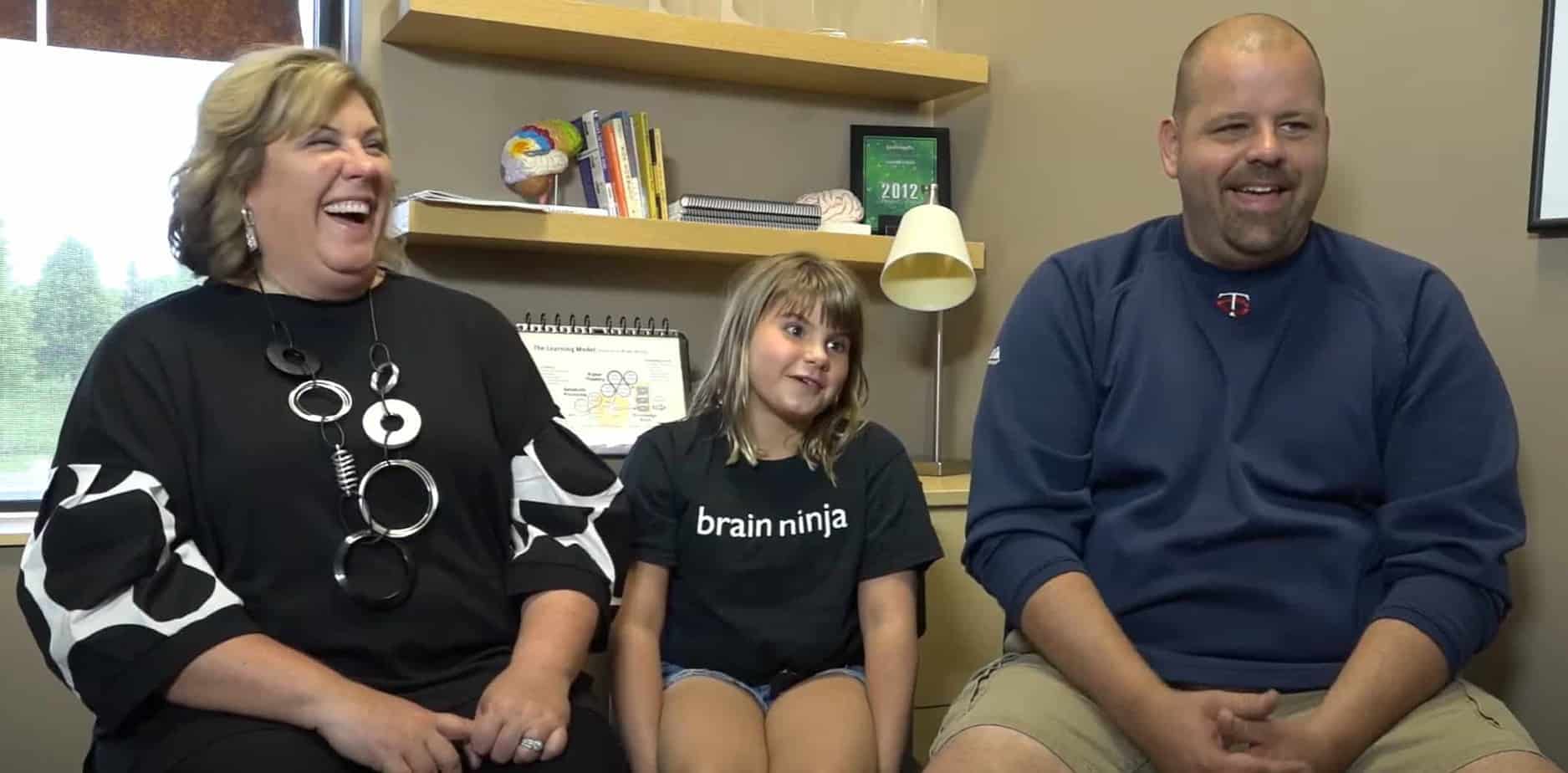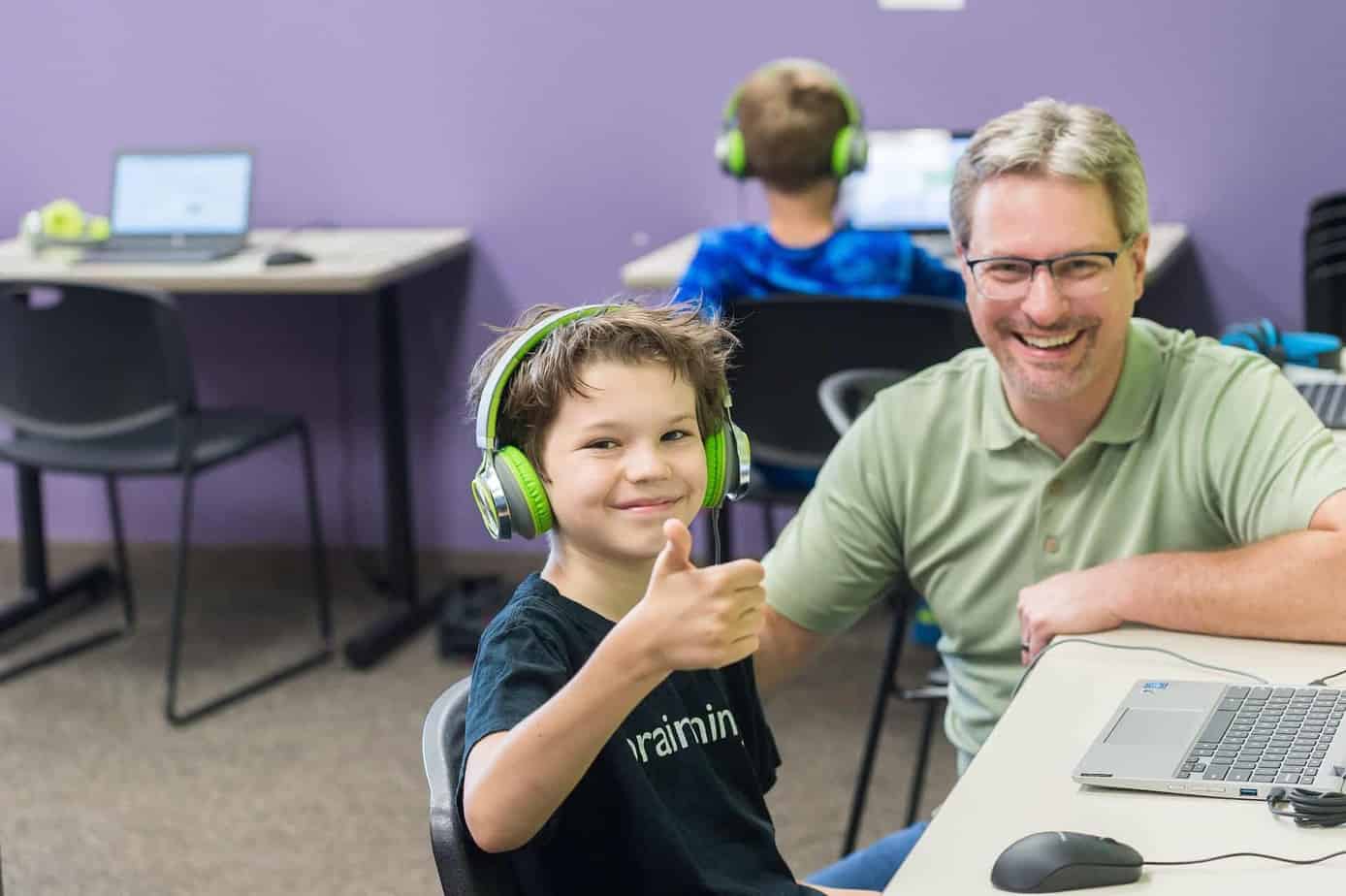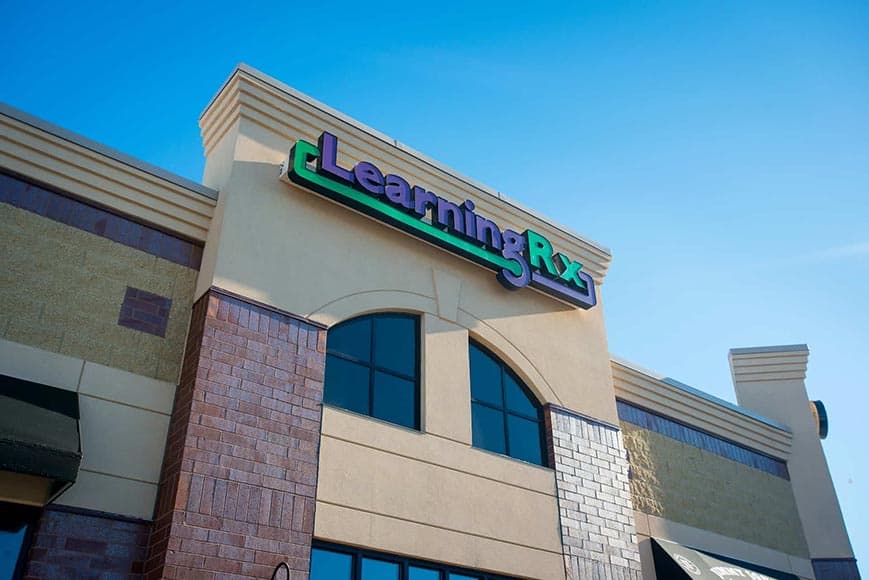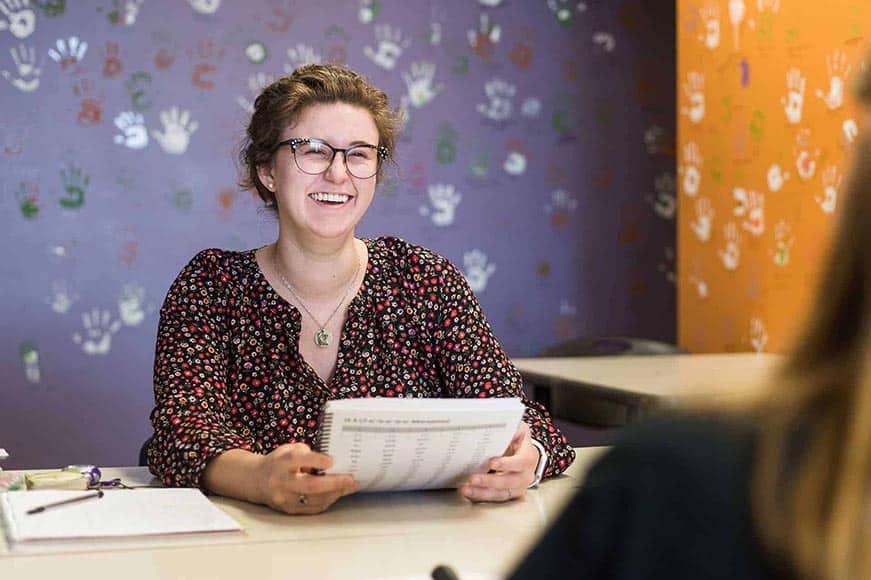Understanding School Readiness
If you’re debating whether your little one is ready to start kindergarten in the fall, there are some objective and subjective criteria to consider. For example, the U.S. Department of Education defines five domains of school readiness. They include:
- Language and literacy development
- Cognition and general knowledge
- Approaches toward learning
- Physical well-being and motor development
- Social and emotional development
We’ve assembled this simple guide to help you learn more about each domain, and ways you can help your child prepare to enter the school environment.
Language and Literacy Development
This domain refers to a child’s ability to communicate verbally, use correct vocabulary, and understand spoken language.
What you can do to help:
One of the top recommendations from experts is to read aloud to children to help increase their language skills. This includes explaining unfamiliar words and encouraging children to listen and ask questions.
Cognition and General Knowledge
This domain includes early mathematics and scientific development. The phrase “two parts to smart” refers to knowledge (e.g., the academic information you acquire) and how you process that information (cognitive skills). While heading to kindergarten with basic knowledge about math (1+1=2), science (the Earth is round like a ball), and English (how your name is spelled) is helpful, without the brain skills to process and recall that information, learning anything is slower and more difficult.
What you can do to help:
Consider enrolling your preschooler, kindergartener, or first-grader in a school readiness program that focuses on strengthening core cognitive skills, such as auditory and visual processing, logic & reasoning, attention, working and long-term memory, and processing speed. The right program for your child will be customized for their needs and maturity, will offer correction and positive feedback, keep them engaged, and allow them to quickly build skills that they’ll need to succeed in elementary school and beyond.
Approaches Toward Learning
How a child approaches learning affects their readiness to start school. Effective learners head into school with curiosity, independence, persistence, creativity, and the ability to cooperate.
What you can do to help:
Give your little one the time and space they need to independently work through their problems and complete a task. If possible, schedule playdates to help your child learn cooperation, sharing, and collaboration. Choose toys or activities that encourage creativity and exploration.
Physical Well-Being and Motor Skills
Although physical health plays a vital role in school readiness, this domain also looks at factors like motor skills. Certain fine motor skills should be developed before children enter kindergarten in order for them to play and learn. These early years are when kids are learning to color, write words, throw and catch, and make art and crafts, among other activities.
What you can do to help:
To encourage motor development and catch any concerns early, engage your child in age-appropriate physical activities. These might include kicking a ball, fasting a button, zipping, using scissors, drawing and playing, running, balancing, jumping rope, working on puzzles, and dancing.
Social and Emotional Development
This domain refers to a child’s ability to experience, regulate, and express emotions, as well as understand their own and others’ emotions. Social development refers to your child’s ability to create and sustain meaningful relationships. Children need to develop skills to help them relate to their peers, teachers, and other adults in ways that include empathy, respect, and cooperation. Emotional development, on the other hand, is focused on their ability to express, recognize, and manage their emotions—and respond appropriately to the emotions of others.
What you can do to help social development:
Create or look for opportunities to help your child interact with adults, teens, and children. This might include playdates, through an age-appropriate sports or play group, or simply volunteering to help a neighbor who needs help. To develop empathy, you might ask your child to imagine how someone—real or in a book or movie—might feel in their given situation and how their friends and family might support them.
What you can do to help emotional development:
To help your child with their own emotional development, start by labeling and discussing their feelings. Be sure to provide comfort and support after actively listening to their concerns. Some other tips include:
- Modeling healthy emotional expression. You can do this by talking to your child about times you’ve felt sad, angry, or scared and how you dealt with it.
- Demonstrating how facial expressions and body language can help them understand how someone might be feeling.
- Teaching your child how to engage in positive self-talk through affirmations.
- Suggesting simple coping strategies (such as counting to 10) when they feel angry.
- Prompting them to take deep breaths and relax their body from head to toes when they feel anxious or stressed.
Most importantly, let them know that you’re a safe person to talk to when they need a sounding board. After all, even 4-year-olds can have big emotions!
